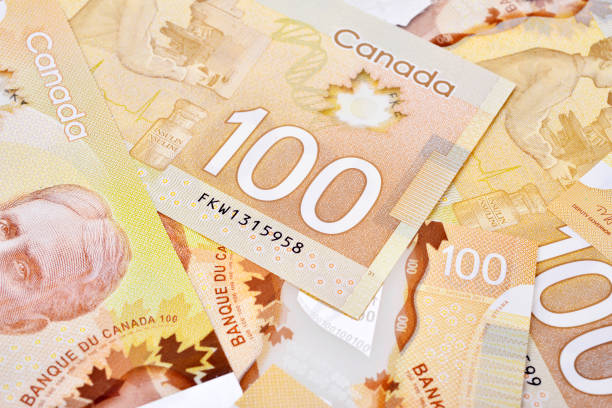USD/CAD Hovers Around 1.3200 Ahead of US Jobless Claims
- Markets in 2026: Will gold, Bitcoin, and the U.S. dollar make history again? — These are how leading institutions think
- Crypto Meltdown. 240,000 Liquidated, $100 Billion Wiped Off Crypto Market Cap.
- Gold nears $4,700 record as US–EU trade war fears ignite haven rush
- Gold Price Forectast: XAU/USD rises above $4,600 on US rate cut expectations, Fed uncertainty
- Gold Price Forecast: XAU/USD surges to all-time high above $4,650 amid Greenland tariff threats
- US-Europe Trade War Reignites, Bitcoin’s $90,000 Level at Risk

■ USD/CAD extends its downside near the 1.3200 mark in a quiet session on Thursday.
■ US Richmond Fed Manufacturing Index fell to 11 in December versus -5 prior, weaker than expected.
■ The rebound in oil prices lends some support to the Loonie.
■ US Initial weekly Jobless Claims, Trade Balance for November, and Pending Home Sales will be released later on Thursday.
The USD/CAD pair trades in negative territory for the third consecutive week during the early European session on Thursday. The downward momentum of the pair is backed by the softer US Dollar (USD) and the lower US Treasury bond yields. The last week of 2023 is likely to be quiet as traders turn to holiday mode. At press time, USD/CAD is trading at 1.3204, losing 0.02% on the day.
On Wednesday, the US Richmond Fed Manufacturing Index fell to 11 in December versus -5 in November, weaker than the expectation of a 7 drop. Meanwhile, the USD edges lower to its lowest level since July near 100.80. That being said, the decline in November’s US Core Personal Consumption Expenditure Price Index (Core PCE) triggered the bets on early rate cuts by the Federal Reserve (Fed) in 2024. According to the CME Fedwatch tool, markets are now pricing in over 88% of a rate cut starting in March 2024, with more than 150 basis points (bps) of cuts priced in for next year.
On the Loonie front, the rebound in oil prices lifts the Canadian Dollar (CAD) and acts as a headwind for the USD/CAD pair. Apart from this, the Bank of Canada (BoC) said at a recent meeting that an additional rate hike cannot be ruled out. However, the markets anticipate that the odds of another rate hike have decreased, and investors widely expect its next move will be to cut interest rates sometime next year.
Moving on, market players will monitor the US Initial weekly Jobless Claims, Trade Balance for November, and Pending Home Sales on Thursday. These figures might not have a significant impact on the market amid the light trading volume.
Read more
* The content presented above, whether from a third party or not, is considered as general advice only. This article should not be construed as containing investment advice, investment recommendations, an offer of or solicitation for any transactions in financial instruments.




